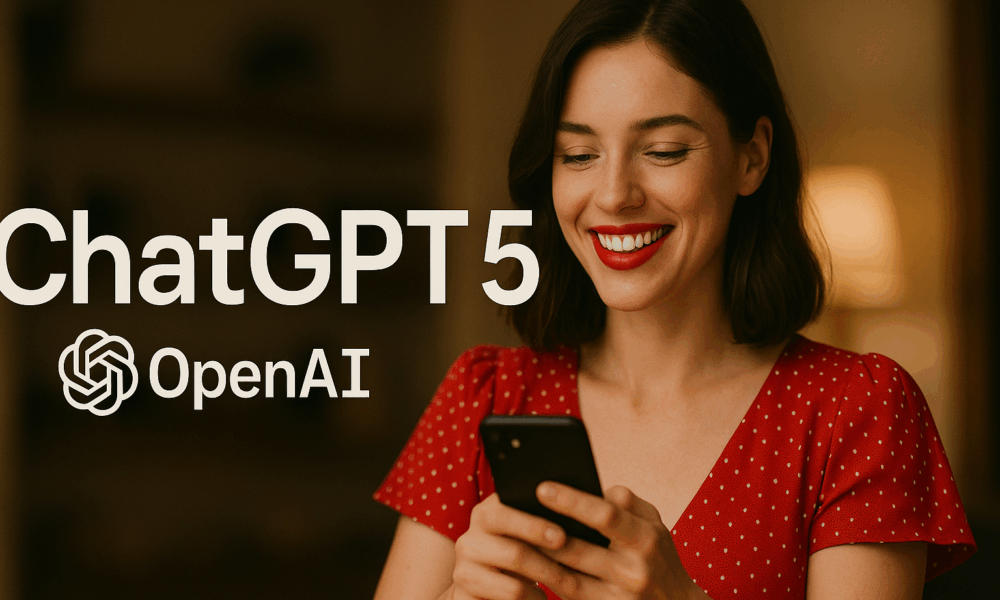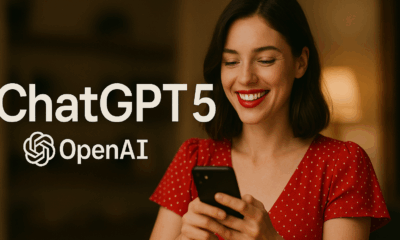


When OpenAI introduced GPT‑5 earlier this month, CEO Sam Altman promised a streamlined future: one intelligent model router to rule them all. Gone would be the...



When OpenAI first gave ChatGPT the ability to create images through DALL·E 3, it felt like magic. You could type a description — “a fox in...